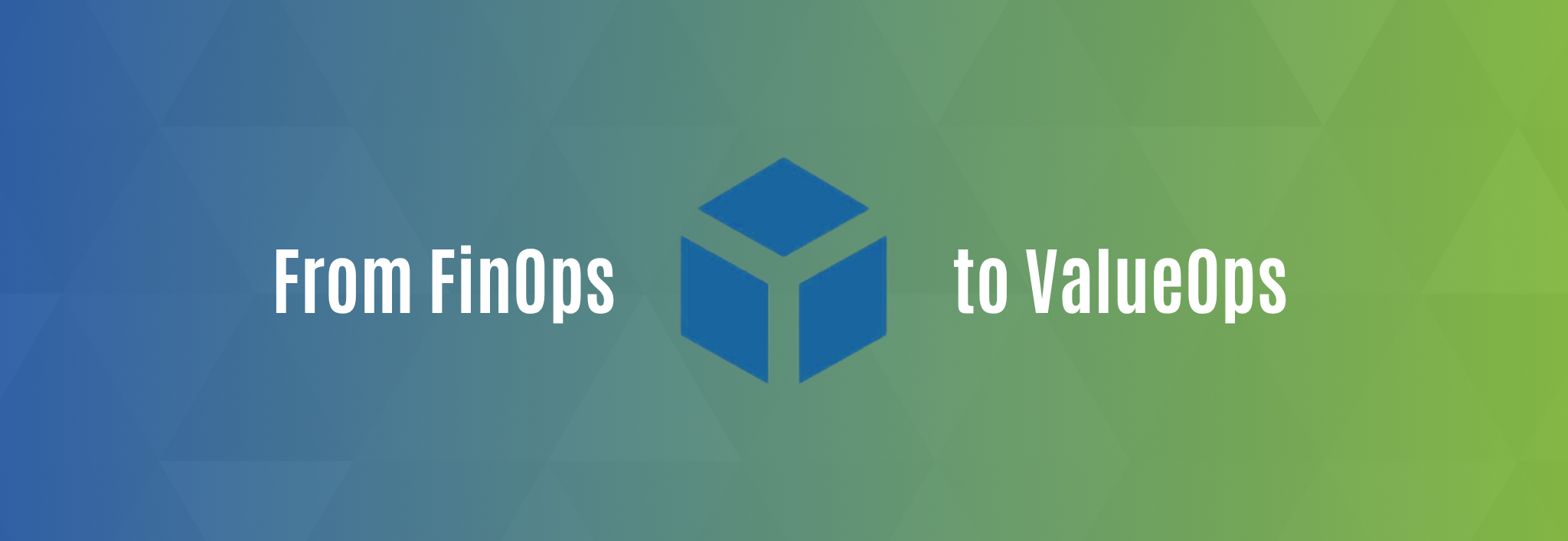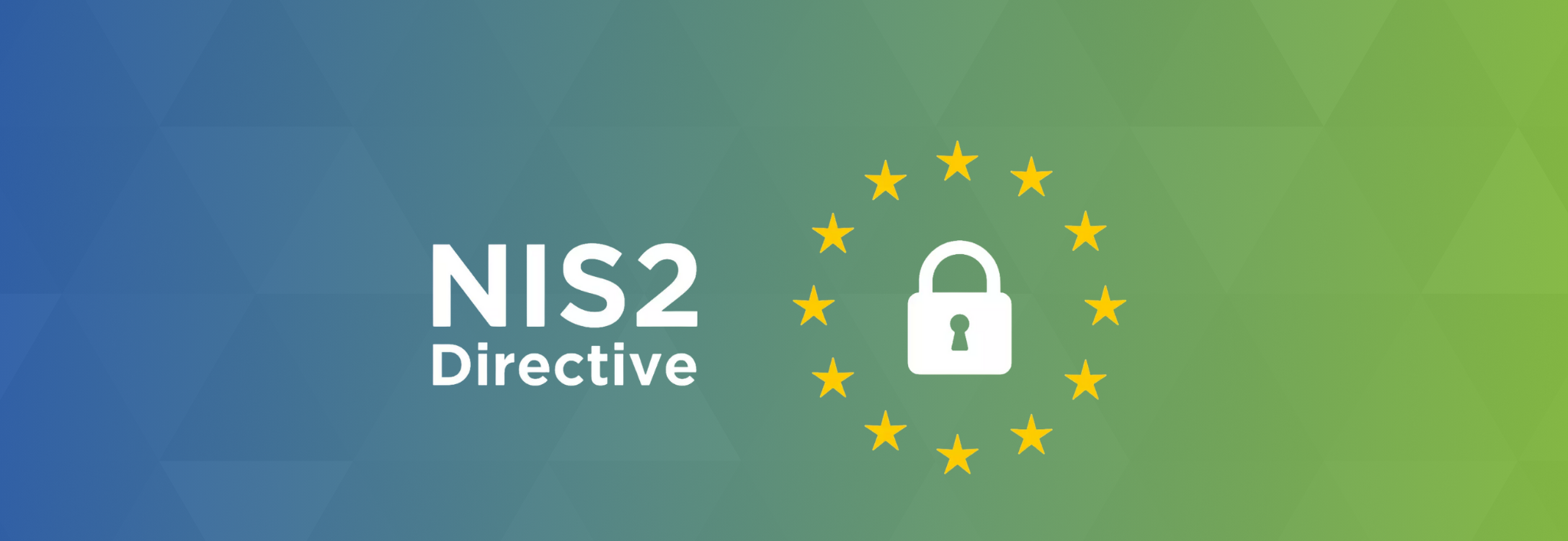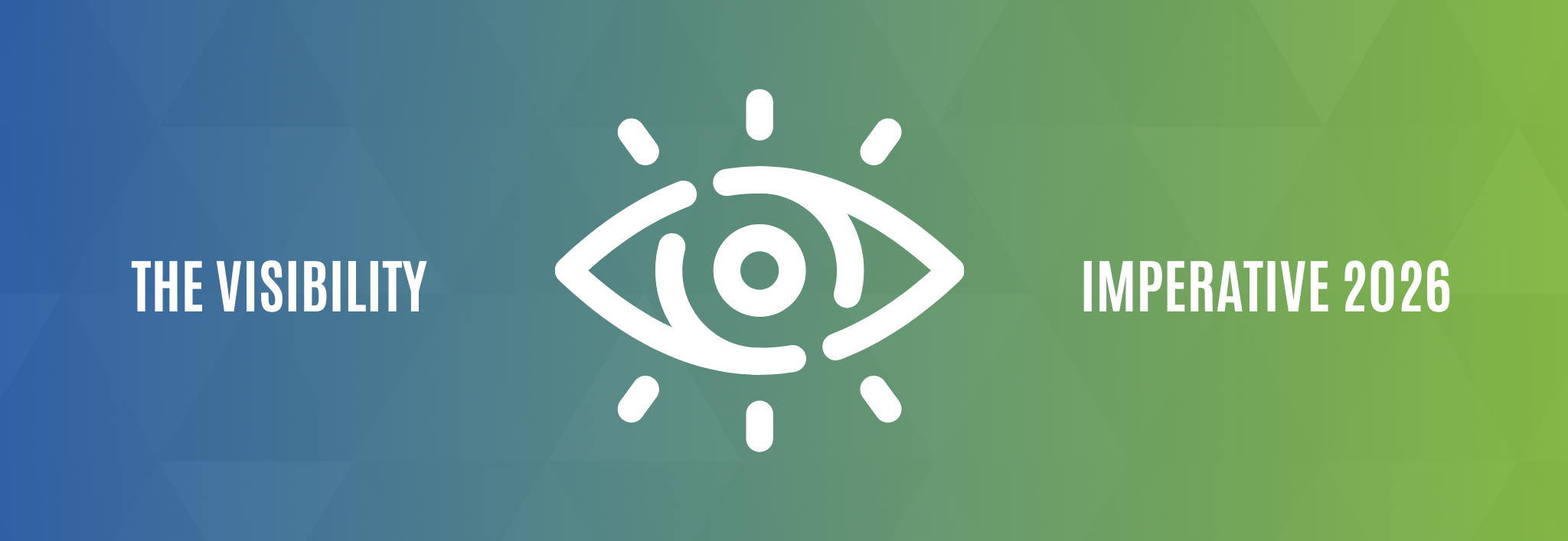In times of economic uncertainty, every cost is under the microscope. Organizations everywhere are being asked to do more with less, reduce headcount, simplify tooling, and cut “non-essential” programs. Inevitably, one question keeps resurfacing in boardrooms and budget meetings:
Do we really need IT Asset Management?
At SAMS Europe this year, we explored that provocative question through a thought experiment: What if we stop IT Asset Management altogether?
The results were both surprising and sobering.
Today’s Economic Reality
Across industries, technology budgets are being squeezed like never before.
- The tech sector faces renewed waves of layoffs.
- Corporate IT budgets are under scrutiny.
- Inflation and supply chain volatility continue.
- Geopolitical tensions add another layer of uncertainty.
In this environment, ITAM, like many other operational disciplines, risks being viewed as a cost center rather than a value driver. But cutting ITAM isn’t simply about reducing costs; it’s about understanding what happens next.
If we stop IT Asset Management… The obvious answers…
At first glance, the consequences seem straightforward:
- Loss of visibility on hardware and software inventory.
- Increased risk of license non-compliance.
- Inability to forecast costs accurately.
- Weaker negotiation power with vendors.
However, these “obvious” effects are only the beginning. The real impact compounds over time, and it starts much faster than many expect.
The Reverse Business Case
To test this, we built a reverse business case.
What would the organization look like over time if ITAM simply stopped operating?
Our model followed three maturity layers, Trustworthy Data, Lifecycle Integration, and Optimization, and assessed what happens when each layer begins to erode.
Immediate Impact (0–3 months): Data Integrity Lost
- Contract and license data deteriorate, renewals missed, duplicates purchased.
- Asset inventory loses accuracy, discovery incomplete, usage data outdated within weeks.
- Financial data disconnects from assets, spend vs. usage reconciliation becomes impossible.
Result: Budgeting errors and missed terminations quickly translate into real financial loss.
Mid-Term Impact (3–6 months): Lifecycle Breaks Down
- Joiner-mover-leaver processes fail, orphaned accounts remain active, licenses unharvested.
- Technology lifecycle misaligns, unsupported versions persist, compliance and security risk rises.
- Procurement disconnects, renewals driven by vendor positions, not business needs.
Result: Contract misalignment, overbuying, and rising audit risks start eating into savings.
Long-Term Impact (6–12 months): Optimization Becomes Impossible
- Software sprawl and shadow IT surge.
- Overlapping tools proliferate.
- Compliance and regulatory risks escalate.
- Structural inefficiency grows as IT cost per employee rises.
Result: Optimization ceases to be possible, and ITAM’s original purpose (to manage risk and cost) becomes painfully clear.
Quantifying the impact
Using a multi-client dataset normalized to a €100 million software budget, we modeled the financial effect of stopping ITAM. The results speak for themselves:
- Data integrity lost: €1.8 million
- Lifecycle breakdown: €3.0 million
- Optimization impossible: €3.6 million
Total annual impact: €8.4 million
In other words, cutting ITAM might save €3 million in operating cost, but risks more than €8 million in downstream losses.
Cutting €3M for Risking €8.4M?
Stopping ITAM is not a cost-saving measure, it’s a cost transfer to the future. You might reduce headcount or tooling spend in the short term, but the deferred costs compound quickly and often invisibly.
In today’s climate, resilience is about managing both today’s and tomorrow’s risks.
So, the real question isn’t: Should we stop ITAM?
But rather:
How can we make ITAM deliver the most value in a cost-effective way?
Alternatives to stopping completely: The R’s to the Rescue
At ITAM solutions, we believe the path forward isn’t to stop ITAM, it’s to rebuild it smarter. We call this the R-Model: a continuous cycle of improvement built on four “R’s”, (Re)Assess, Re-purpose, Re-invest, and Review & Govern.
1. (Re)Assess
Step back and evaluate people, processes, technology, and organization.
Ask: Are we focusing on the right priorities? Do we still have the right skills and tools for current and future needs?
- Identify gaps, inefficiencies, and areas where ITAM can better support organizational goals.
- Example: Reassessing if traditional SAM focus (license compliance) should shift more towards cloud cost optimization or SaaS governance.
- Question if current activities still serve business priorities in today’s economic climate.
2. Re-purpose
Eliminate low-value activities and redirect focus to high-impact areas.
- Adapt resources to new needs
- Eliminate low-value tasks or legacy practices that no longer serve the business.
- Redirect existing resources (tools, processes, contracts, and people’s focus) to higher-value activities: embedded software management, cost optimization.
- Repurpose ITAM insights for broader goals: security, sustainability, cloud governance.
3. Re-invest
Channel resources into automation, tooling, and skills that drive measurable outcomes.
- Allocate resources into areas that will drive the most value
- Example: Investing in automation for SaaS discovery, or in people who can translate ITAM data into business savings and risk reduction.
- Invest in automation and tooling to reduce manual effort and error.
- Build new skills and capabilities in the team to handle cloud, SaaS, and hybrid environments.
4. Review & Govern
Establish a cycle of continuous monitoring and governance, ensuring compliance.
- Define new stakeholders involved and clear ownership
- Strengthen governance practices to ensure ITAM supports both compliance and business agility. This keeps ITAM aligned with strategy, ensures risks are managed, and prevents costs from escalating.
- Establish a cycle of continuous monitoring, and applying governance.
Final Thought: From Control to Value
The takeaway from this experiment is clear: Stopping ITAM isn’t saving money, it’s deferring risk, compliance exposure, and inefficiency to a later date.
But by modernizing ITAM, embedding it within FinOps and business value frameworks, and applying continuous improvement through the “R-Model”, organizations can turn ITAM from a cost center into a true enabler of resilience and optimization.
In a world where every euro and every license counts:
ITAM isn’t optional. It’s strategic.
About Us
ITAM solutions helps organizations turn IT Asset Management into a source of business value. From cost optimization to compliance resilience, our experts design strategies that help companies thrive, even in uncertain times. Contact us today!








